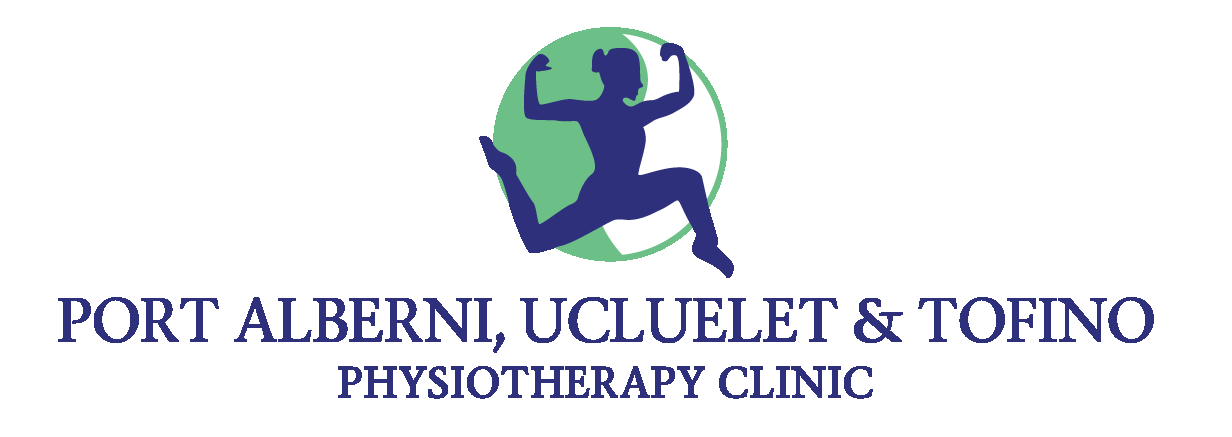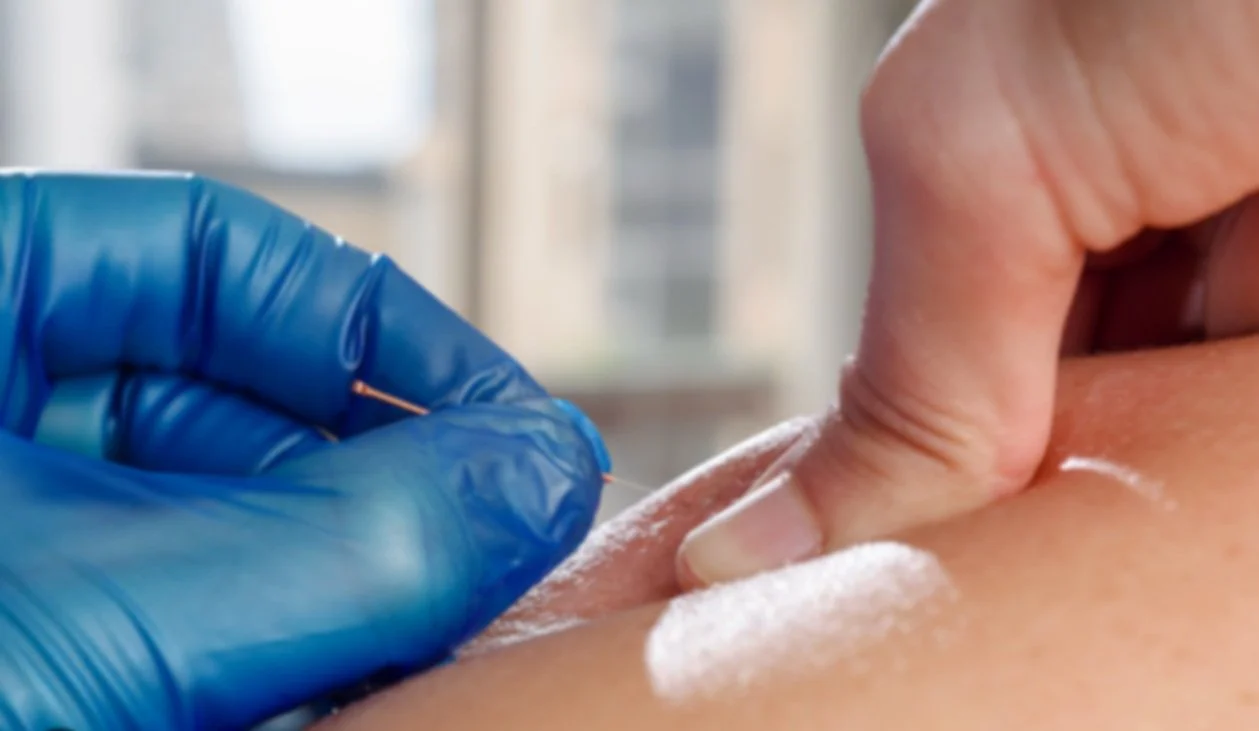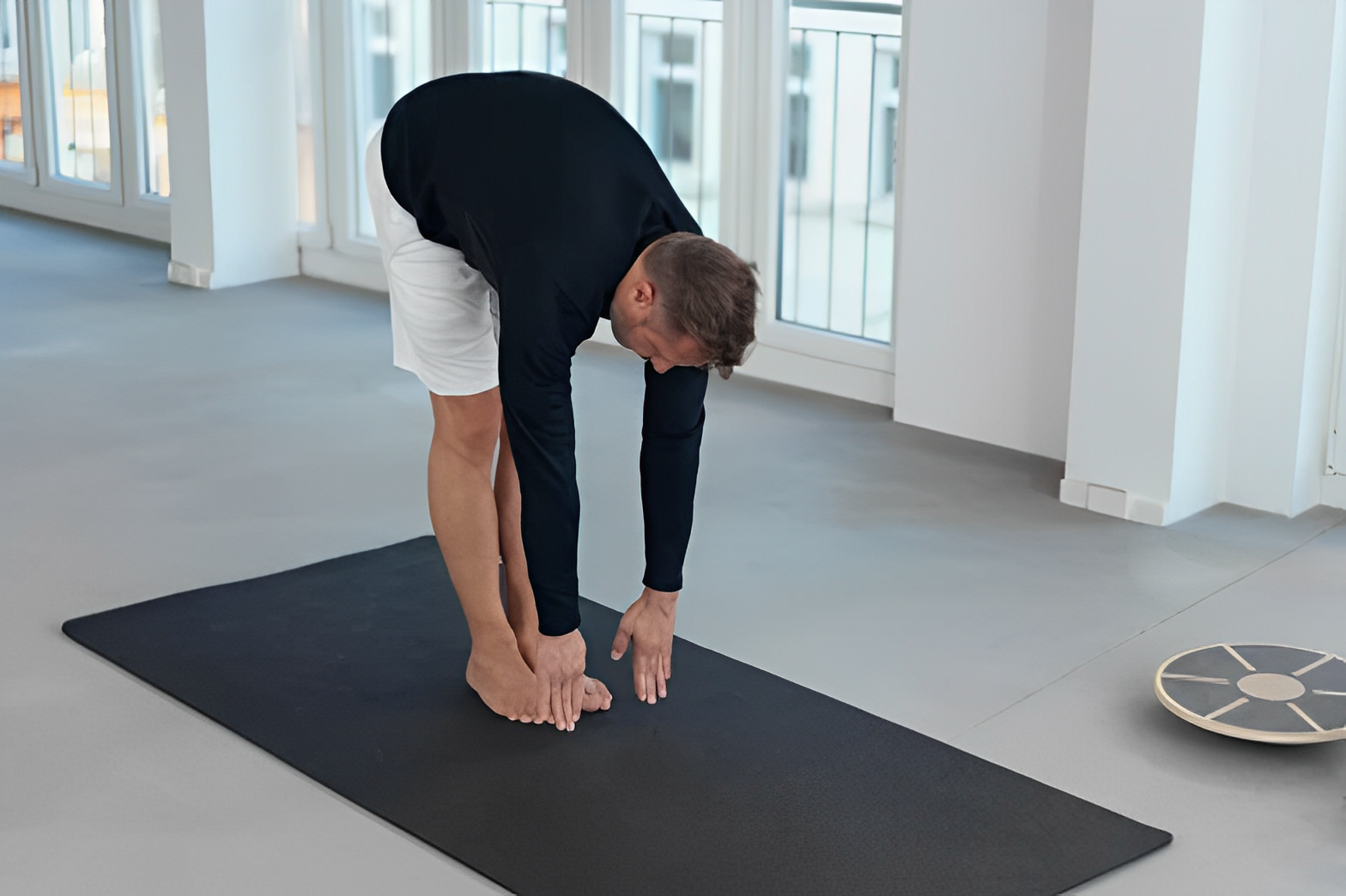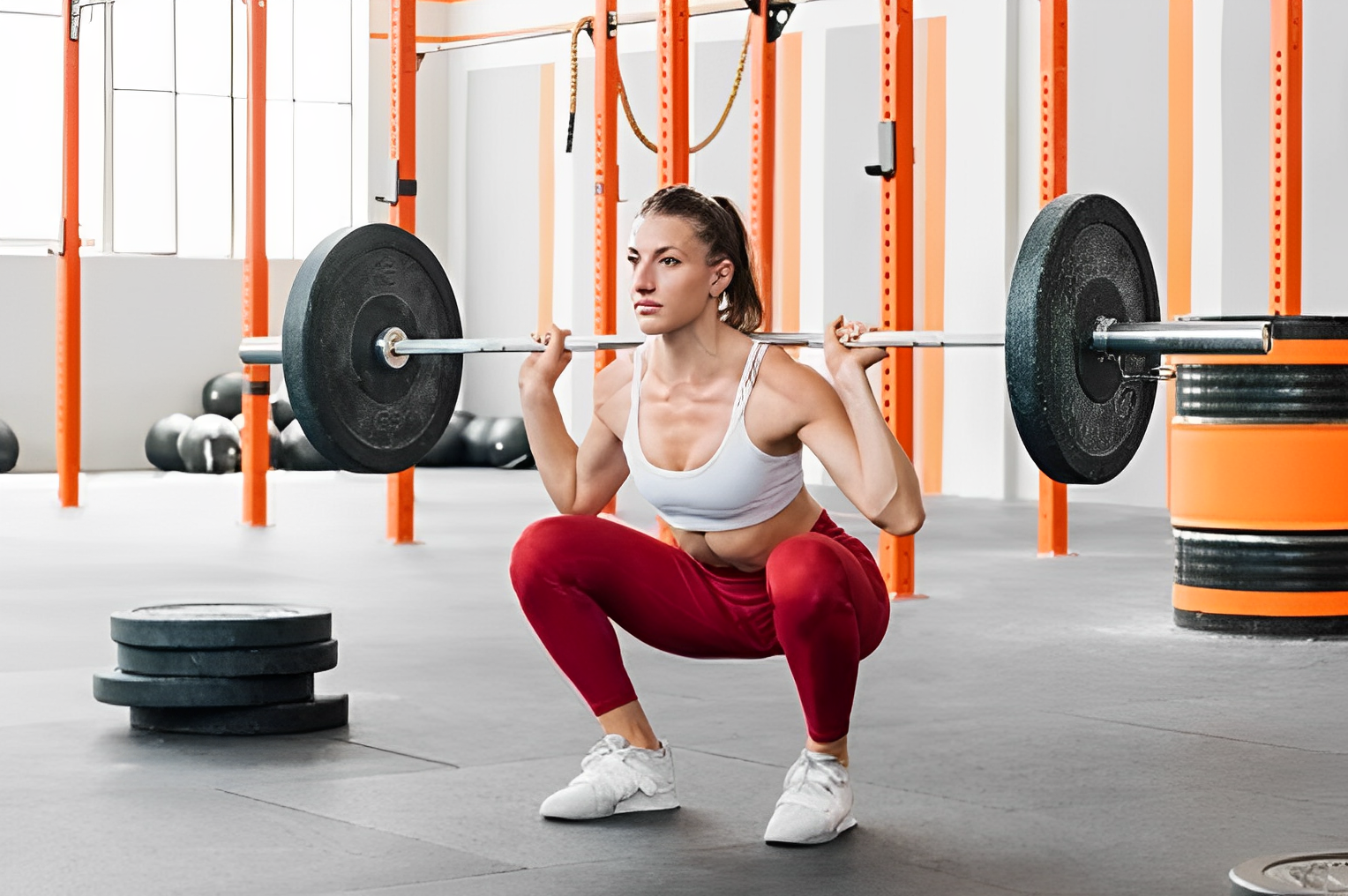Gardening is a great way to stay active and enjoy time outside. By being mindful of how you move and care for your body, you can work comfortably and reduce strain. Simple adjustments in posture and technique can help you stay comfortable while digging, planting, and lifting.
In this blog, we’ll provide practical tips on proper body mechanics, exercises to build strength and flexibility, useful ergonomic equipment , and advice on handling any injuries should they arise. Whether you’re experienced or new to gardening, these tips can help you stay comfortable and keep gardening enjoyable.
Body Mechanics: How to Move Safely in the Garden
The way you move while gardening has a big impact on preventing injuries. Being aware of your posture and the techniques you use to bend and reach can protect your muscles and joints. Here are some tips on how to move properly:
Bend your hips and knees, not your waist. Squatting or kneeling to reach low areas takes pressure off your lower back.
Avoid staying in the same posture for too long. Take breaks to stand up, stretch, and change positions every 30 to 60 minutes.
Use raised garden beds or tables when possible. Elevating your workspace helps reduce repetitive bending and neck strain.
Turn your whole body rather than twisting your spine. Pivot your feet and hips to reach sideways instead of twisting your back.
Gardening-Friendly Strength and Stretching Exercises
Building muscle strength and flexibility helps protect your body from common injuries. Stronger muscles support your movements and reduce fatigue during repetitive tasks, while flexible joints maintain comfortable range of motion. Here is a list of exercises to get you started:
Core strengthening: Planks, bridges, and bird-dogs help stabilize your spine.
Lower body workouts: Squats and lunges build strength in muscles used for bending and lifting.
Upper body strengthening: Rows and shoulder presses prepare your arms for repeated motions.
Stretching: Regularly stretch your hamstrings, hip flexors, and lower back to improve mobility and reduce stiffness.
These exercises are just suggestions. For a more individualized list that takes your previous injuries and concerns into account, visit your local physiotherapist. Doing strengthening and stretching 2–3 times per week is ideal, but any consistent addition will create positive change
Helpful Tools for Ergonomic Gardening
The right gardening tools can ease your workload and help you avoid unnecessary strain. Selecting equipment designed to support good posture and reduce repetitive stress helps you enjoy gardening for longer periods and keeps you safe. Here are some examples of ergonomic gardening equipment:
Kneeling pads: Cushion your knees and provide comfort when working close to the ground.
Portable or foldable gardening tables: Raise your work area to avoid constant bending.
Lightweight fabric hoses: Easier to handle than traditional hoses, they reduce arm and shoulder strain.
Gardening stools and benches: Let you sit while planting or weeding, reducing pressure on your knees and back.
What to Do If You Get Injured
If you experience pain or develop an injury while gardening—particularly in your lower back—it’s important to address it early. Taking the right steps, such as modifying your activity, using ice, and incorporating gentle movement stretches and mobility, can help speed up recovery and get you feeling better quicker. Here are some general tips on how to deal with a gardening injury.
Rest briefly but keep moving gently. Avoid long periods of inactivity. Gentle stretches like cat-cow poses or lumbar rotations 2 to 3 times daily can help.
Apply ice or heat during the first 48 hours. If there’s no bruising, either option works well. But if you see a visible bruise, applying ice is the better choice.
Use over-the-counter pain medication as needed. Consult your doctor or pharmacist if you have questions.
Seek help from a physiotherapist if pain continues or you want tailored guidance on healing and exercises.
Gardening offers a fantastic way to stay active and enjoy the outdoors. By using mindful body mechanics, strengthening key muscles, choosing the right tools, and addressing any injuries promptly, you can keep your garden time safe and enjoyable.
If you have questions about preventing injuries or recovering from one, don’t hesitate to contact us at Port Alberni Physiotherapy.
















